How to protect the crop from the root weevil?
Among the many insects wishing to feast on grains or beans, one of the most dangerous groups is weevils: nodule, barn, rice. There is even a raspberry-strawberry, beet, acorn and others in this vast family. In the fields, weevils feed on the leaves and roots of legumes, reducing their yield and the percentage of protein in peas, beans, and soybeans.
Barn weevils harm grain, and penetrating into houses with cereals, they practically destroy the acquired stocks. You cannot eat products spoiled by bugs. This is fraught with allergic reactions, infection with pathogenic bacteria and fungal diseases.
It is interesting!
All species of weevils are distinguished by a special mouth apparatus - a proboscis - and an irrepressible appetite.
Pests in the fields
Crops of cultivated legumes are threatened by the root weevil, which also lives and overwinters on perennial fodder and wild grasses of this family: vetch, clover, alfalfa, sainfoin. The beetle is so called because its larvae feed on the root nodules of legumes, where nitrogen is concentrated. Two types of nodule weevil are more common: striped and bristly (also known as pea elephant) - grayish brown, up to 5 mm in size. There are also red-footed, clover and others. Their life cycles are the same.
- As soon as the weather is warm, the beetles flock to the seedlings, feed on the leaves of peas, soybeans or beans.
- At a temperature of +25about Their reproduction begins: eggs are laid on plants, but then they roll to the ground.
- After a week or two, the larvae of weevils already make their way to the nodules and live there until full development (about a month), also feeding on the roots.
- In the southern regions of Russia, beetles of the new generation emerge at the end of May, in colder regions - by mid-July.
Crop protection
Plants are harmed by adults and larvae of the root weevil. Control measures are based on the characteristics of insect reproduction. Restraining natural factors (eggs and larvae die in dry weather, beetles freeze without a snow cover) are not enough, and farmers try to regulate the number of pests. Agricultural technology provides for early plowing - immediately after harvesting peas - and spring treatment with poisons.
- Use the universal insecticide "Karbofos".
- Relatively recently, environmentally friendly drugs have been developed: Nemabakt and Antonem-F;
- The effective insecticide "Fufanon" is widely used.
Advice
In home plots, with a noticeable population of peas by weevils chewing leaves, you need to use insecticides according to the instructions.
Popular measures are also used to scare off beetles. They are effective if used regularly, but not in rainy weather.
- Spraying with mustard powder solution: 100 g per 3 liters of water.
- They use infusions of wormwood, tansy, and bitter capsicum.
- The leaves are treated with a solution of ash and laundry soap.
- In early spring, wood ash is scattered around the plants.
Grain handling
Barn weevils or pea elephants in grain silos, food bases and bakeries can cause irreparable damage to stocks by feeding on flour and grain. These are small beetles - up to 4-5 mm, with a dark brown back, underdeveloped wings, so they cannot fly, the duration of their life is from one to one and a half years.
A female barn weevil can breed 2-3 generations, laying about 150-200 eggs each time - in cereal grains.She gnaws a hole and makes a clutch. It closes up the hole with a special secret so that the externally holes remain unnoticed. The egg develops in about twelve days. The larva inside the grain sharpens it. Thus, in a month, she creates a cavity, where she pupates. After 12-20 days, an adult comes out.
To protect the bins from pests, the entire warehouse is carefully processed. Old stocks should be located separately from new ones, you need to monitor the moisture content of the grain and strictly observe all other standards. Harmful elephants in granaries breed in summer, then it is time to carry out pest control with gas treatment or aerosols. Operations are performed by teams of specialists. In winter, insects die through cooling by ventilation.
How to get bugs out of the kitchen?
From warehouses where unsanitary conditions prevail, eggs or larvae of barn elephants migrate with a package of cereals to homes.
Signs of food contamination
After a while, the introduced weevils can infect stocks of flour or other cereals, as well as pasta, crackers, cookies, dried fruits, nuts. It is noticed that they strike buckwheat last. In addition to this species, a smaller, up to 3 mm long, rice weevil may appear, which is already flying. He uses the same products for his life.
Transparent weevil larvae can be seen if you carefully examine the cereals of large fractions. Their clusters look like several pieces of semolina stuck together. Adult elephants bore food bags of any material and settle there. If the purchased cereals are clean, it is better to store them in glass, wooden, plastic sealed containers.
All contaminated supplies must be thrown away. Weevils can "reward" fungi and microorganisms, in addition, recent studies have proven that their secretions are carcinogenic.
Advice
It is necessary to check any bulk products, including coffee, tea, cocoa, spices, if they are stored simply in bags.
Prevention of the appearance of colonies of weevils
The hostess should regularly check the kitchen cabinets and do the cleaning. If the purchased cereals show no signs of weevil infestation, for prevention they can be placed in the freezer for a week.
- Cereals are also heated on baking sheets in the oven for 20 minutes or fried in pans, although this measure is relatively effective.
- Weevils are scared away with a folk remedy: peeled whole cloves of garlic are placed in a container.
- They are laid out on the shelves in the closet and changed once a month sprigs of lavender, tansy, mint, bay leaves, orange peels or cloves (spice) - they scare away weevils with their smell.
- It is recommended to add a little red pepper powder to the pea stocks.
- The cabinets are washed with soap or soda solution, wiped with vinegar, dried and ventilated.
Humanity has been fighting these bugs for thousands of years. Archaeologists have determined this from finds from the times of Ancient Egypt. Everyone should remember about the harm caused by weevils.
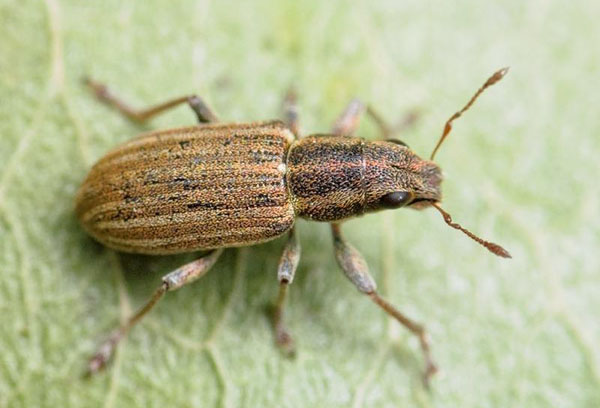
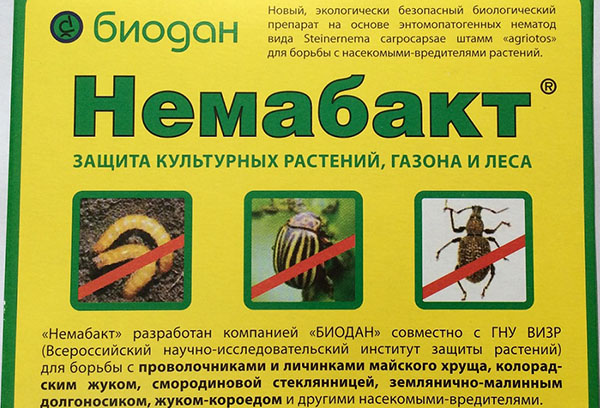
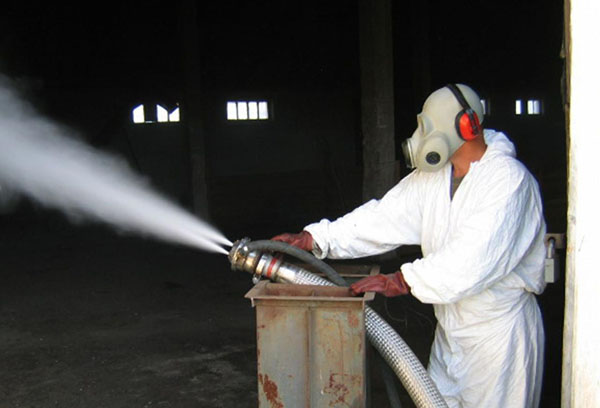
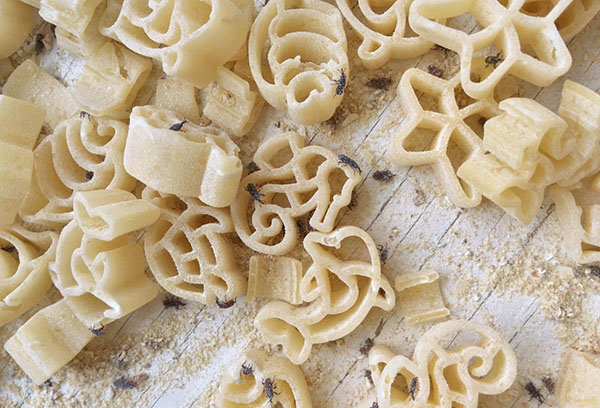
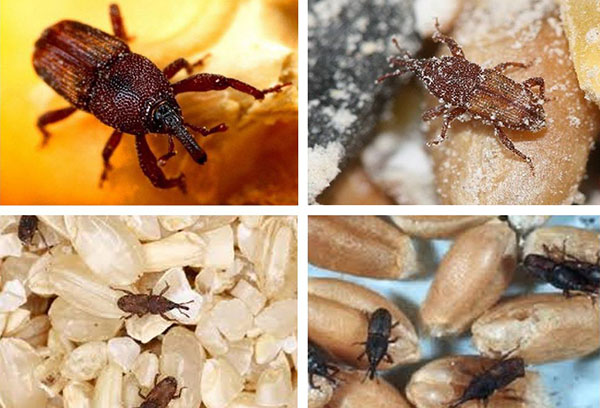


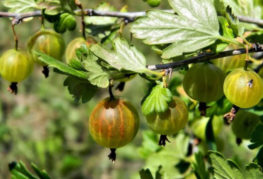
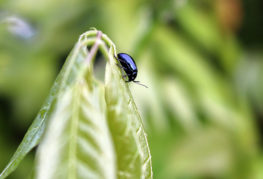
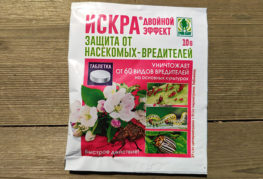
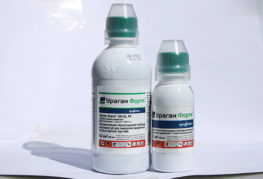
and will be published shortly.